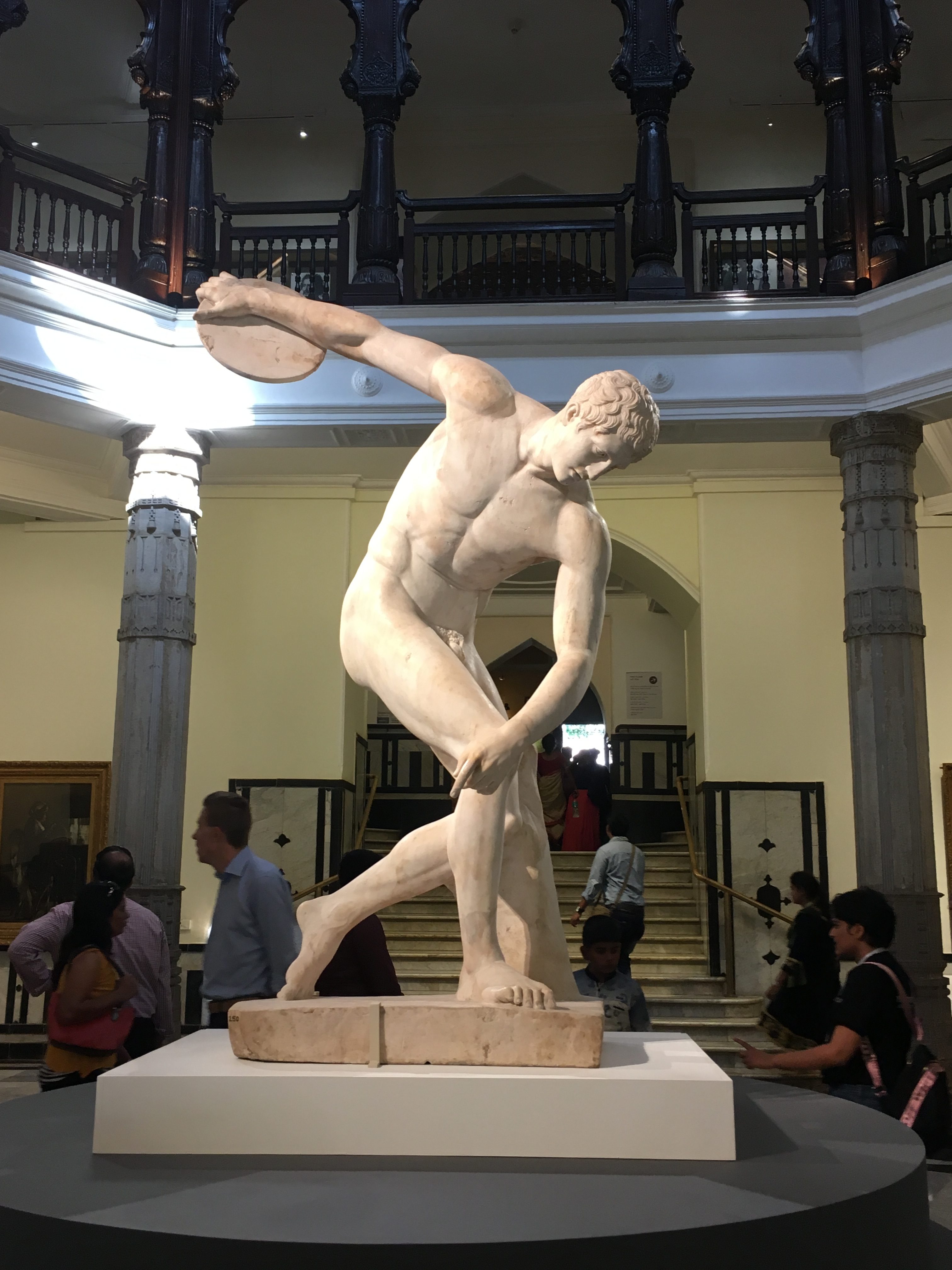
India and the World: A History in Nine Stories
India and the World: A History in Nine Stories
The story of India spanning millions of years in 210 objects
It was a pleasant Saturday morning, perfect for a day out at the CSMVS Museum in Mumbai. The CSMVS Mumbai launched its biggest exhibit perhaps based on valuable objects in India’s history and its connection to the world. This exhibit will be on display till February, 2018.
The exhibit is titled India and the World: A History In Nine Stories. The Museum in association with the National Museum, New Delhi and the British Museum, London has attempted to tell the story of India in 9 episodes. It starts at the very beginning of mankind 1.7 million years ago and goes on till 2015. That’s a huge transition. I must hand it to them, they’ve done a rather marvellous job.
It is awe-inspiring to actually see the impact globalisation had over the world when humans learnt the art of trade. We are indeed social animals who connected not only with trade but with value systems and traditions much like today.
Here are a list of these 9 stories and some of the most interesting historic objects that you must see during your visit to the CSMVS Museum. If you cannot make it, make sure to read this article and type in your email to get pictures below!
1. Shared Beginnings
This is the first episode in India and the World: A History In Nine Stories. Here we are taken back 17,00,000 years ago.
Hand axes were widely used as tools at that time. You might think: what is so important in a pointed piece of stone? This ‘pointed piece’ gives us an insight into mankind itself. Read this mind-blowing sentence carefully- Hand axes were made in the same way throughout the world. This means that in a time when humans left Africa, hand axes had already been invented. They were used to cut meat and make shelter.
The next amazing artefacts, the pots, tell us that humans had progressed by 6000 BC. They now cultivated, stored and cooked their own food. These pots also symbolise the thought process of how humans perceived death and environment. Here’s another cool fact- these pots are almost precisely circular and have geometrical designs on them made with fine pigments.
2. First Cities
Here’s what is super spiffing– historians found Harappan stamps in the Middle East way before they discovered Harappa. It is also believed that Harappans considered both men and women as equal. Of what little is known of the Indus script, women had the rights to own property.
The Harappans also made exquisite coral and gold rings which were buried with the dead.
The best must see artefact in this episode of India and the World: A History In Nine Stories is an extremely tiny yet beautiful bull. The bull is hardly bigger than your small finger. It is made of banded agate in around 1800 BC. The Bull was found in the Bhiwani Khera area in Haryana. It has gold horns attached to it.
What is also worth a mention is that Harappans were the first to invent weights and measures. They used blocks which surprisingly weigh close to their counterparts. This means that the Harappans were particular in their accounts of trade and commerce. Detailed accounts of trade have also been written.
Did you know- writing was invented not to spread science or religion but for accounting trade and commerce!
3. Empire
After the chaos of settling down with a number of humans, somebody was needed to control this chaos. Thus we had mighty almost God-like emperors from Persian kings to the Mauryans. They emanated power. Their mightiness was shown in the form of statues. They also spread doctrines by carving on stone edifices.
Columns made in Pataliaputra in the Maurayan empire show Hellenistic Greek and Persian Achaemenid art influence on them. They have rosettes of the Persian Achaemenid art and egg and dart and palmette designs from Hellenistic Greek Empire.
Mauryan Kings in India like Chandragupta and Ashoka preached the importance of good behaviour and respect above ‘meaningless’ religious practices. This is a teaching that is relevant even today.
4.State and Faith
Religion came into being thousands of years ago. Hinduism in India, Zoroastrians in the Middle East and Christianity in the late Roman Empire all developed side by side. These three empires were next to each other. Thus our religious thought processes if not same are similar. It is also believed that some empires were religiously tolerant at this time.
Religion also seeped into a state’s coinage. Emperors were depicted on one side of the coin, on the reverse it was the Gods. Goddess Laxmi on Indian coins, the fire in Zoroastrians and the Crucifix in Roman coins are the types of coins that were minted in this era. Doesn’t currency still represent this cultural aspect of a country? Comment below and share your views.
5. Picturing The Divine
After these three religions, Islam, Buddhism, Jainism all came into being. One more fun fact: Buddhism contrary to belief didn’t spread through India but chiefly through Sri Lanka.
An artefact in the India and the World: A History In Nine Stories exhibition depicts Buddha with two flying angle like beings- this is typical of Greek architecture. This is believed to be Hercules, the demigod.
What we now know is that religions intermingled. They transformed according to the place they were in.
Religions had now taken their complex shape and influenced human life more than what they do today.
6. Indian Ocean Trades
Indian Ocean Trades houses some of the most delicate and beautiful objects. It has a huge Pelican altar piece, Indian textiles found in Egypt, a beautiful gem stone necklace, ceramic pieces, Astro blades (used to read stars), and an exquisite central crystallised rock cup which looks straight from a Harry Potter movie.
As you enter inside the sixth story of India and the World: A History In Nine Stories, you’ll see a figure of Poseidon, the Greek God of the Sea. This Greek God was found in *drumroll* Brahmapuri, Maharashtra. Yes, it wasn’t found in Greece or anywhere near it but miles away in India. This small idol is believed to have been in the personal collection of a seafaring trader.
———————-
Subscribe for free and get images of the entire exhibit.
———————–
7. Court Cultures
As we step into the era of after Christ, things start to get familiar. From Babur to Jahangir, we know these Emperors from history textbooks and yet, did you know Mughal court was open to new ideas? Although Islam was their religion, they welcomed people from various parts of the world.
In this section, there is a painting of Emperor Jahangir holding a picture of the Virgin Mary or Maryum as mentioned in the Quran.
What to look out for in this section?
Check out the two folios from the Baburnama and a shield of Maharana Sangram Singh II. This shield has details of the life the King lead. It is intricately designed with four green gemstone studs in the centre.
The other part of Court Cultures talks about the two biggest empires at the time- Spanish and Ming Dynasty.
More astro blades used in that time tell us that globes were used and understood. If you Google Jahangir’s portraits, you’ll seldom see him stepping on globes.
8. Quest For Freedom
It is then that India plunged into the British Raj and became one of the first to get Independence from the British Raj.
There is a wooden Queen Victoria to greet you at the entrance. She is done up in the Nigerian style of the Yoruba people.
The story also touches upon slave trade and its abolition. There is a legal certificate of a 16 year old boy which acknowledges him as a property of his owner. Above this gruesome document is the medal commissioned after the Slave Trade Abolition Act, 1833 in the British Empire.
Post independence intrinsic notes and our Constitution are also on display.
The Constitution is a photolithograph of the original constitution written in impeccable handwriting. A photolithograph uses light to transfer a geometric pattern on the paper.
The Quest For Freedom also includes artefacts from 2000 and as latest as 2014. The chair made from guns used in Mozambique Civil War looks sinister but has a deep meaning. It is about keeping arms away and picking up agricultural tools to make life prosperous. What do you think about it? Comment below and start a discussion.
—————————–
What is a Museum on Wheels? Getting history across the country.
—————————–
9. Time Unbound
Lastly the museum looks to the future. With just three artefacts on display, they ask us a question- how do we think about time? Does time move in circles, or does the present only matter? As we run behind money, concrete and forget our roots, what will happen in the future? Will Lord Shiva grace us with his presence to dance the Tandav Nritya signifying chaos? What do you think? Comment below.
What did you think about India and the World: A History In Nine Stories? Comment, comment, comment because I am excited to know your views.
These are just a handful of the 210 objects on display. See the photo gallery of the objects on display (clicked by me!) at the India and the World: A History In Nine Stories exhibit. Register your email with me. The link to the images will be in your inbox!

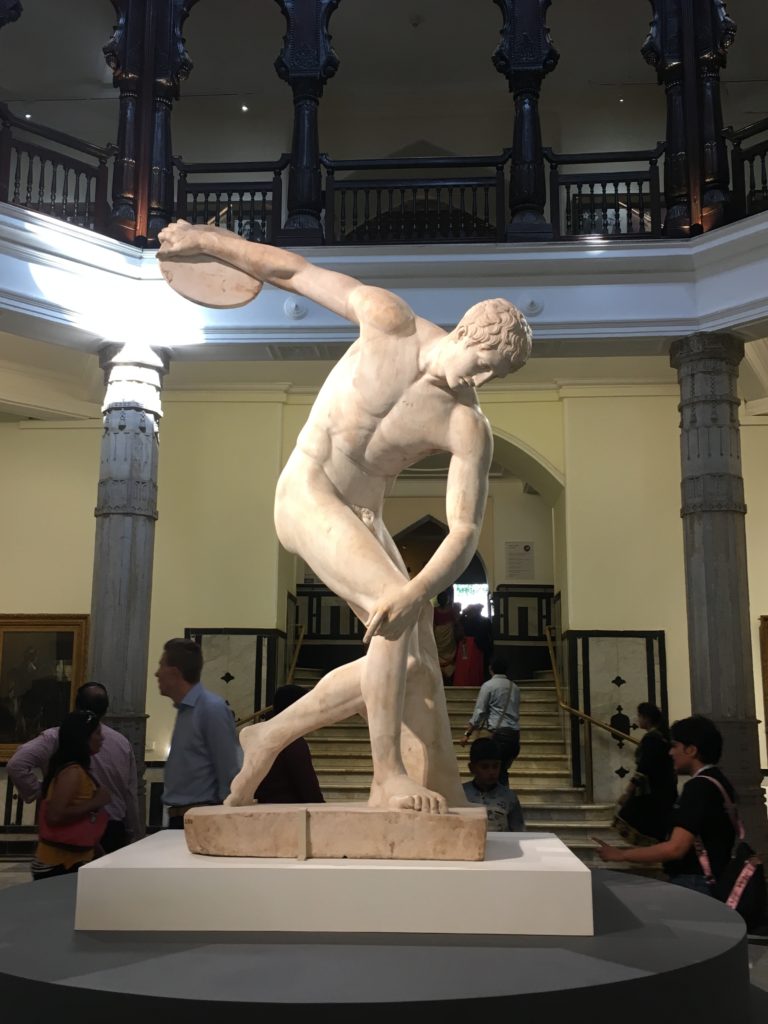




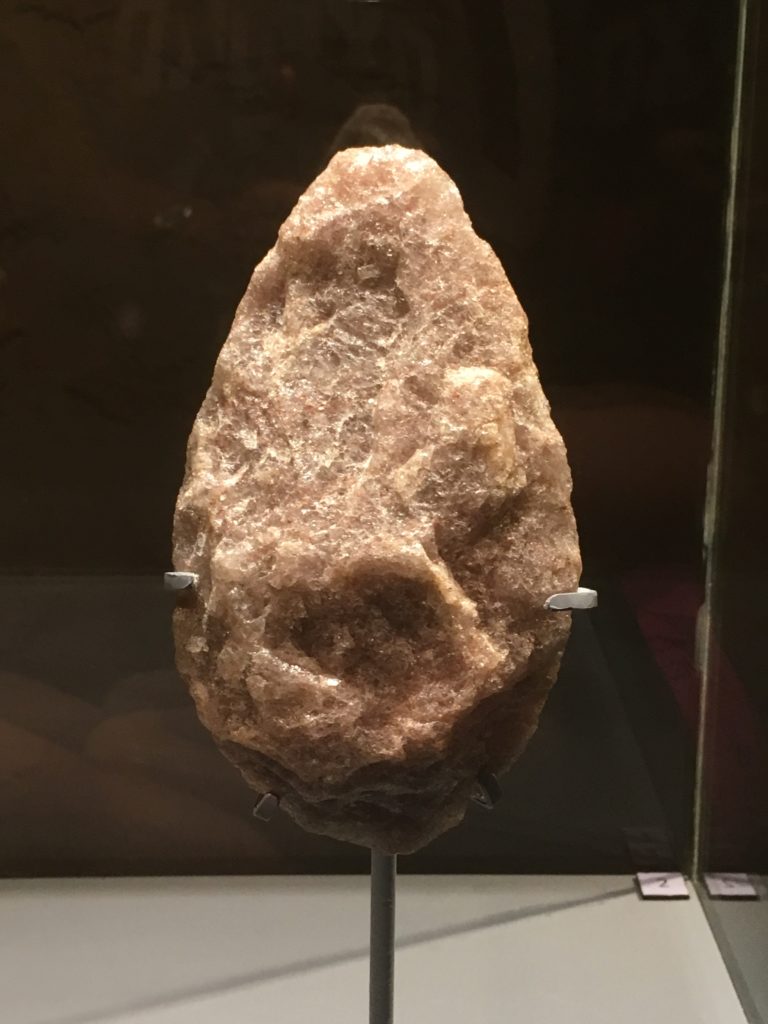
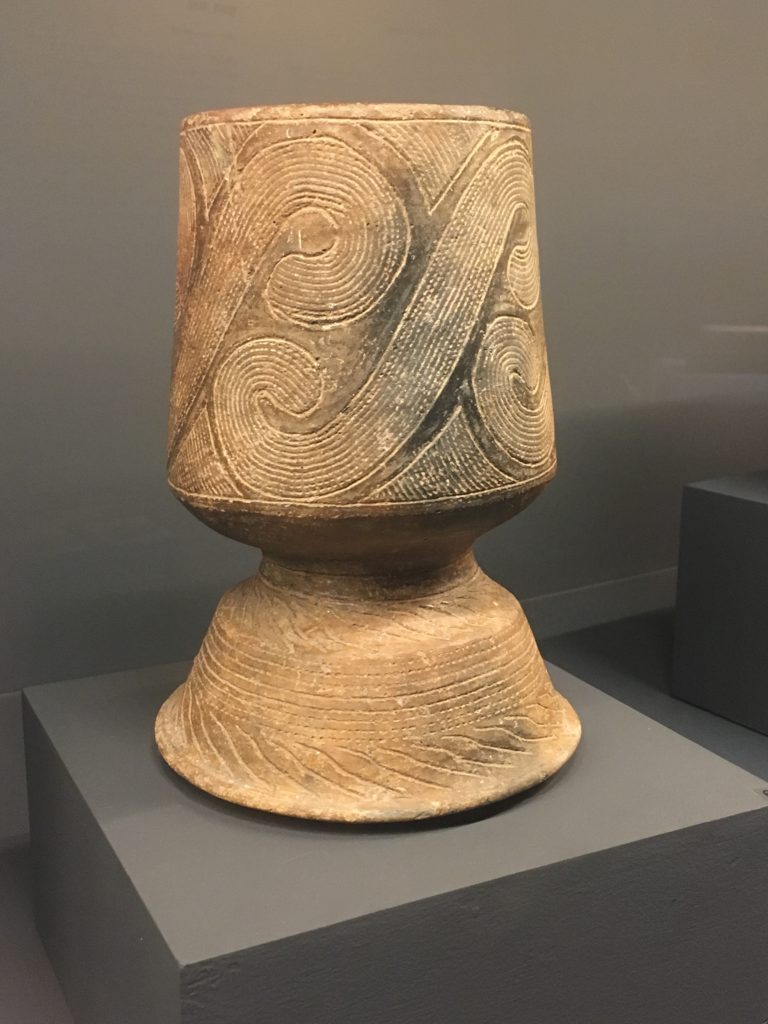
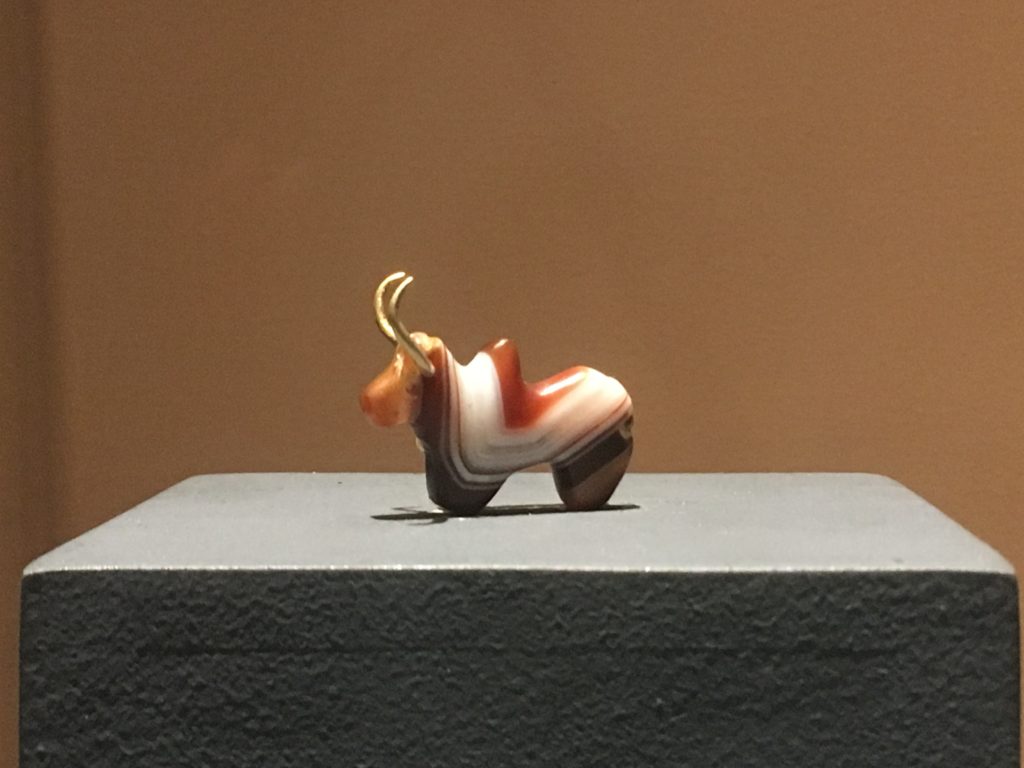
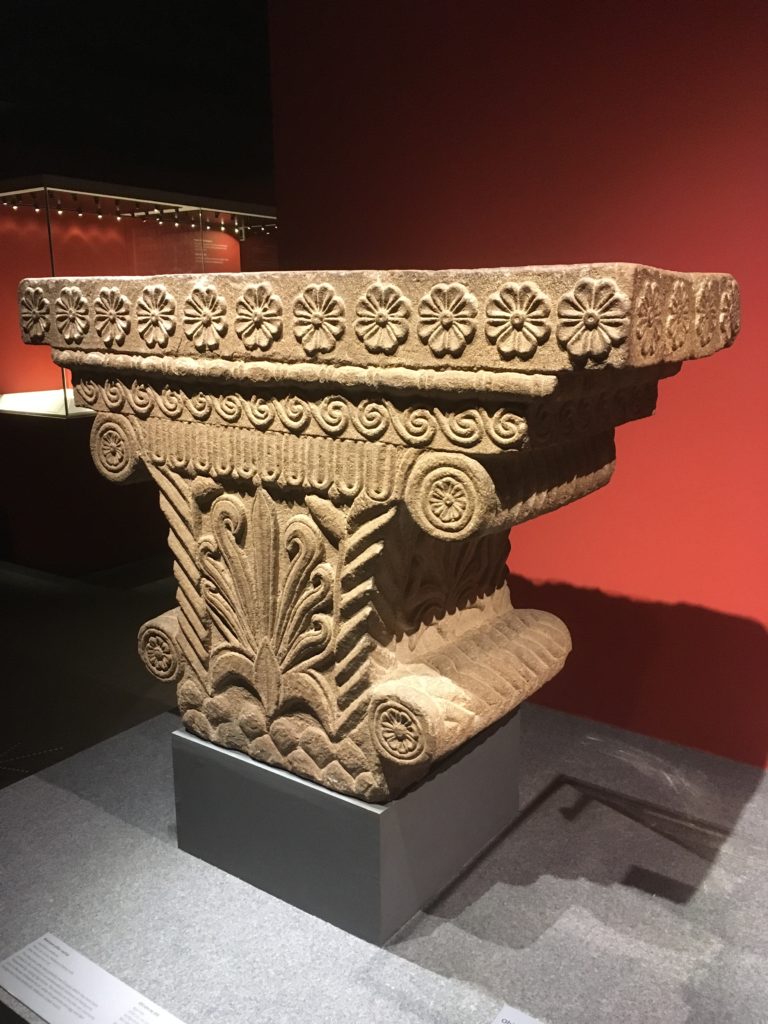
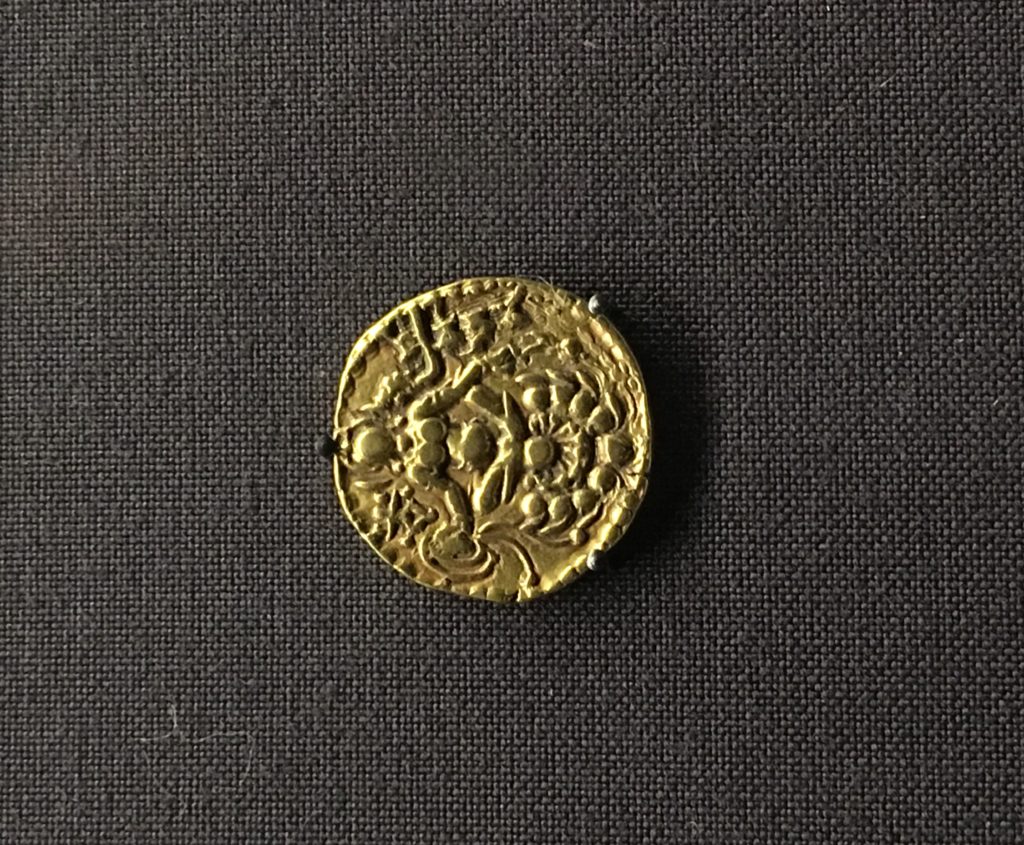
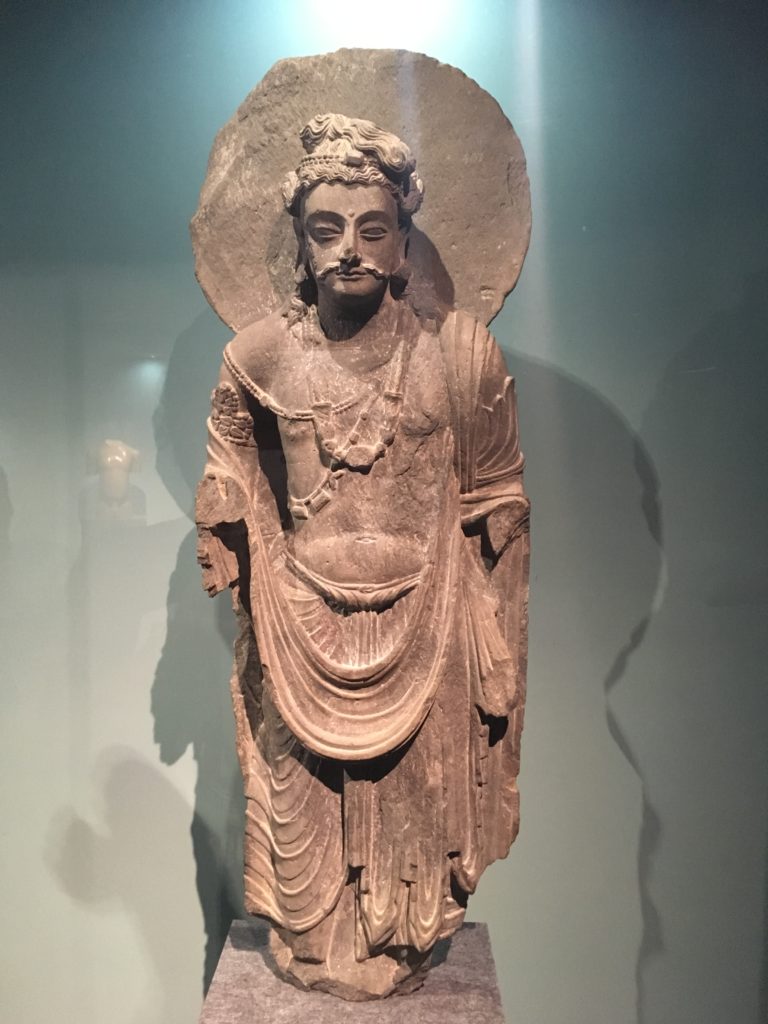
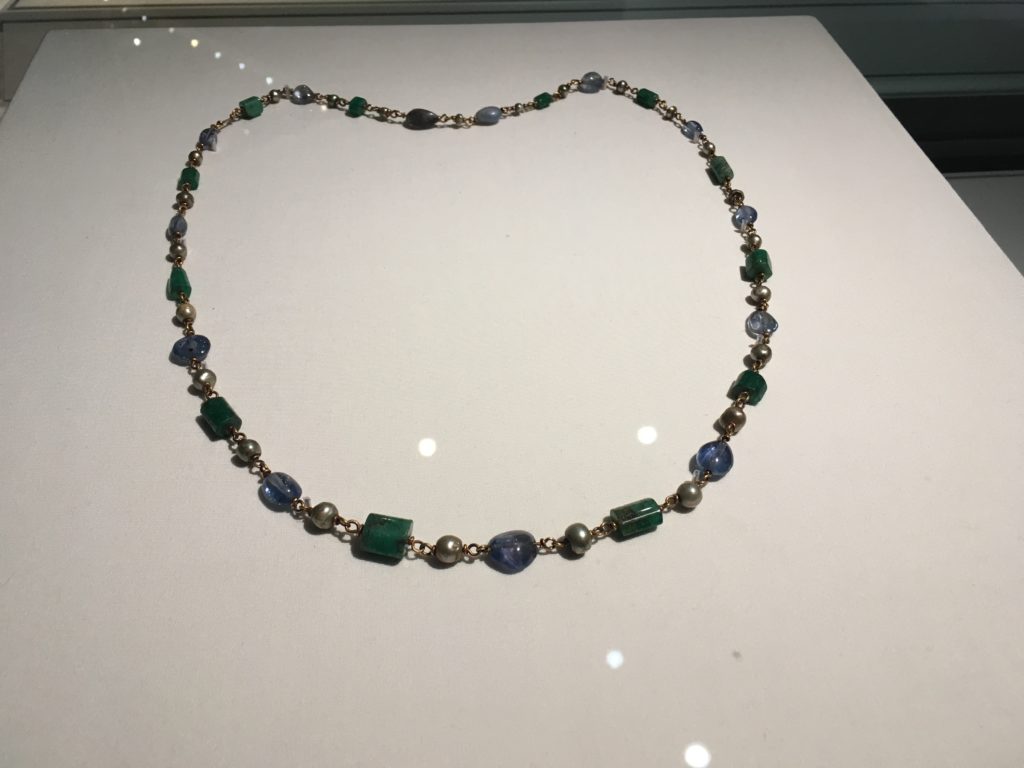
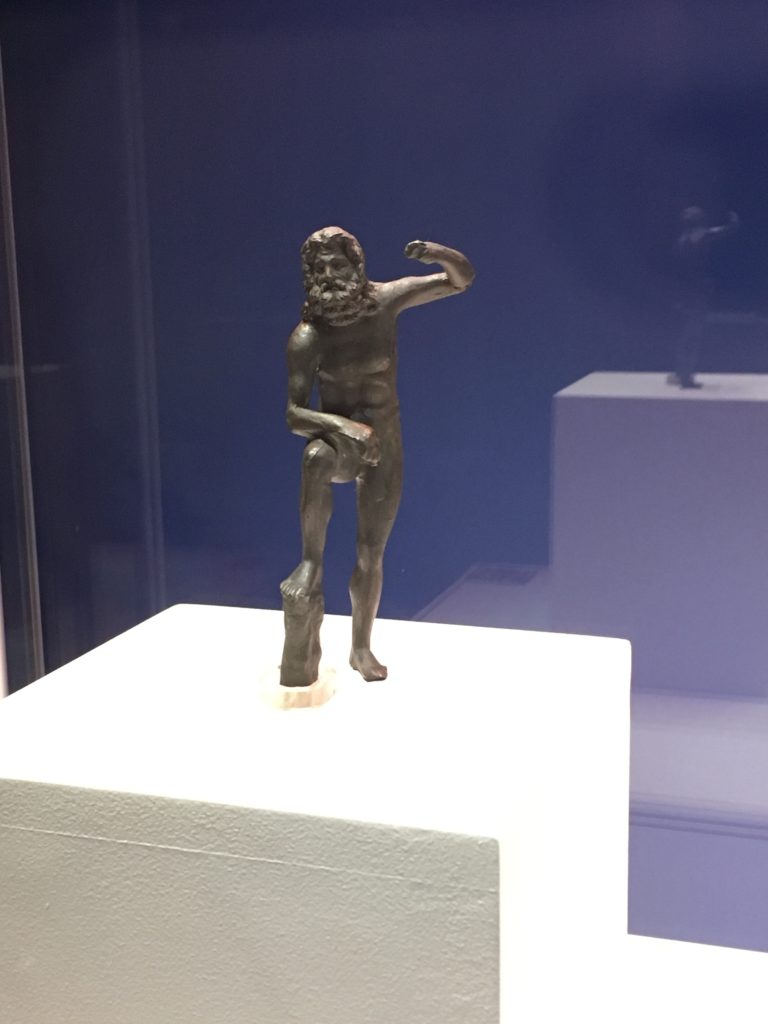
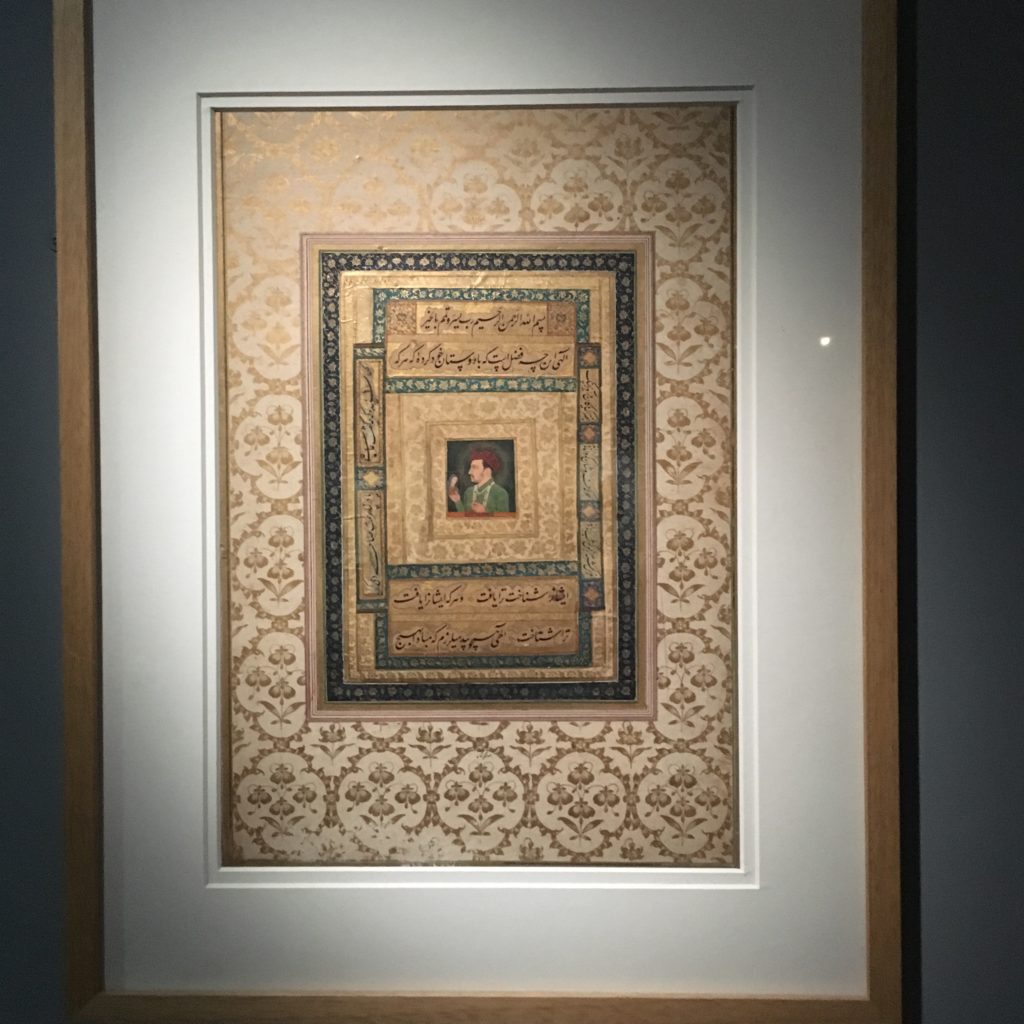
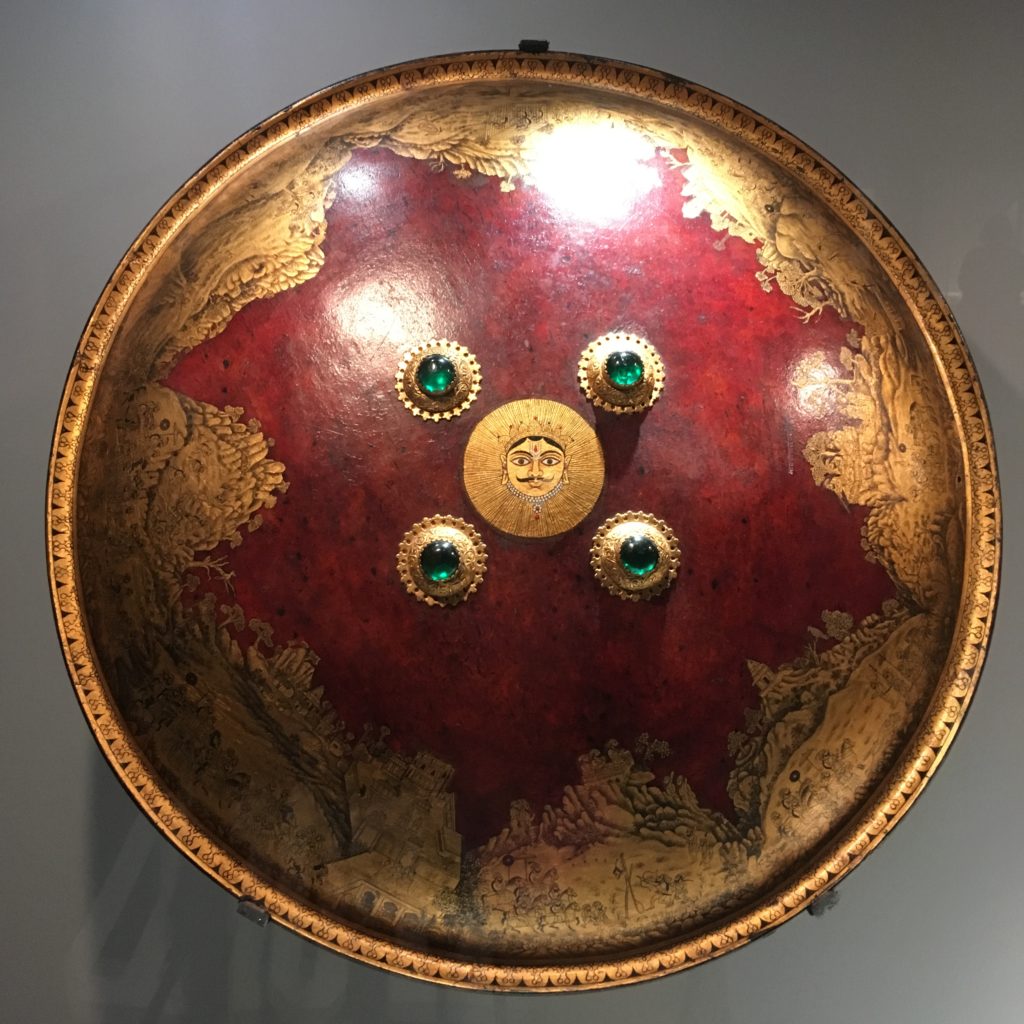

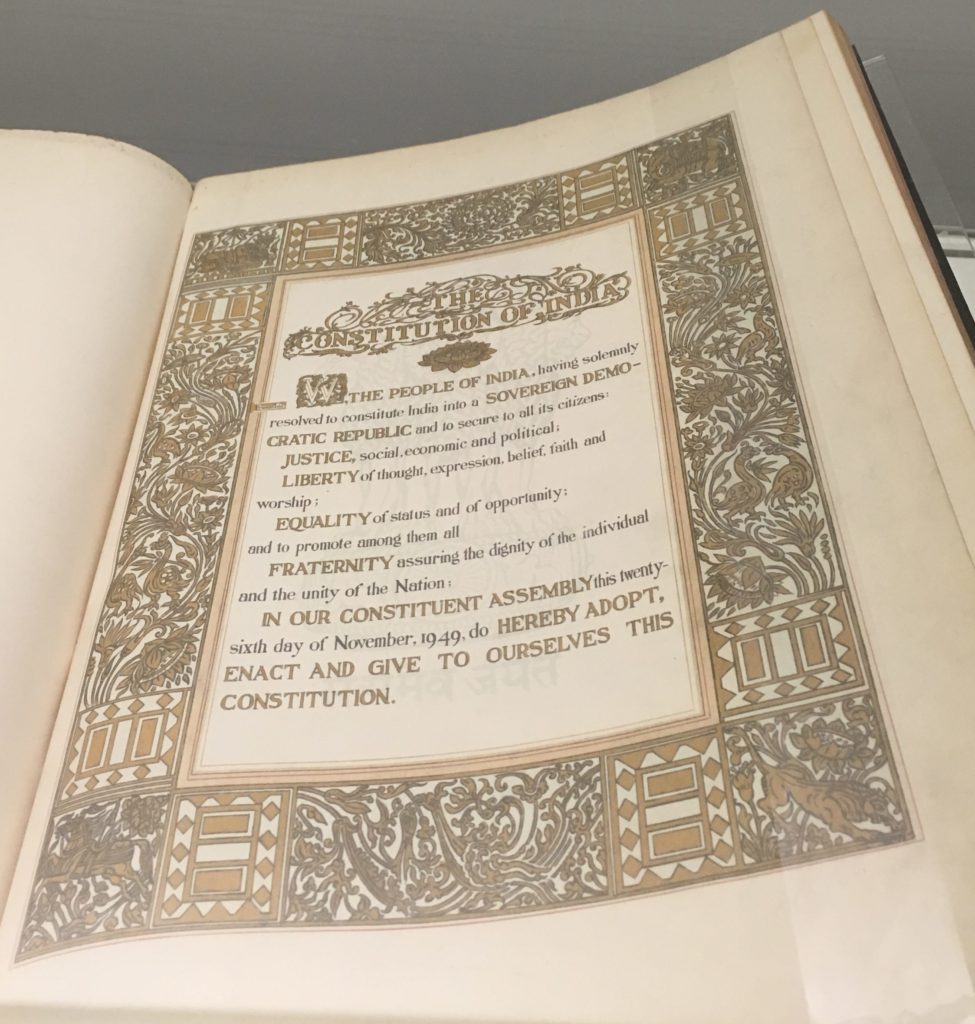
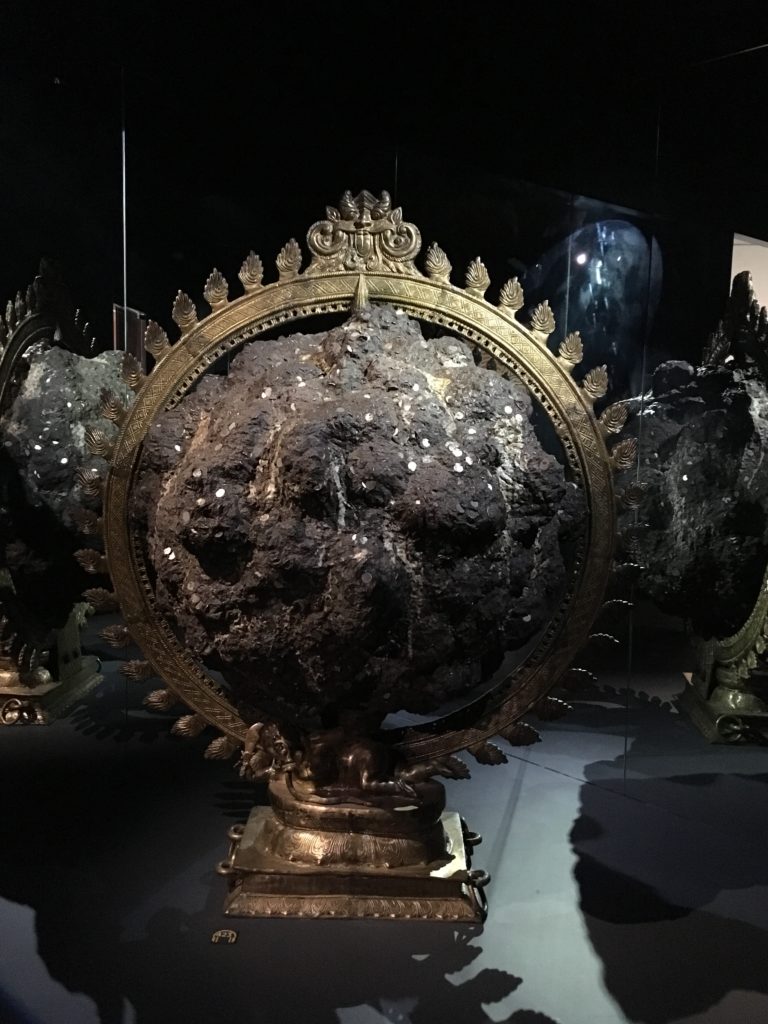
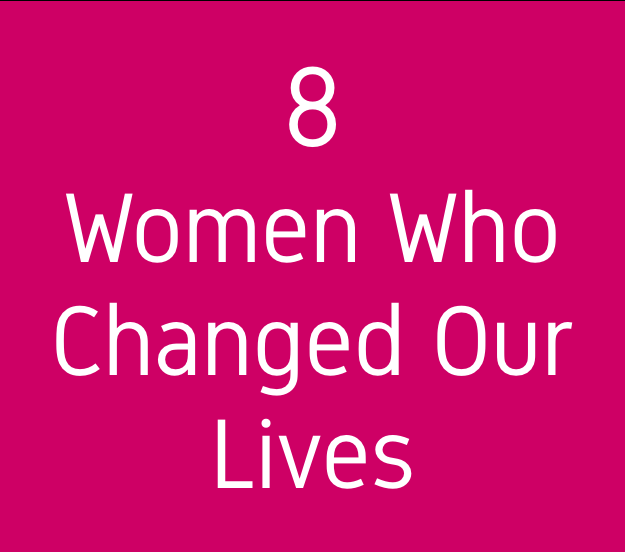

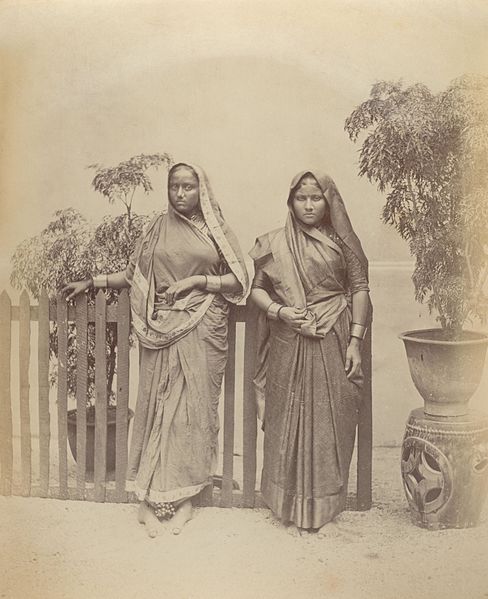
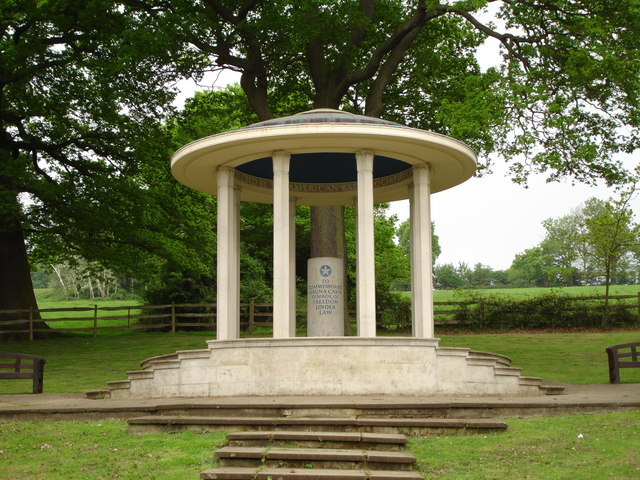

Comments
It was a Great experience,
It shows how humans are developed.
It’s a journey of all human beings.
You will definitely enjoy it.
It will not take much time., Please visit once there , it will you give you good leaning and experience.
It is wonderful, isn’t it? Which object did you find the most exquisite? For me it was the banded agate bull